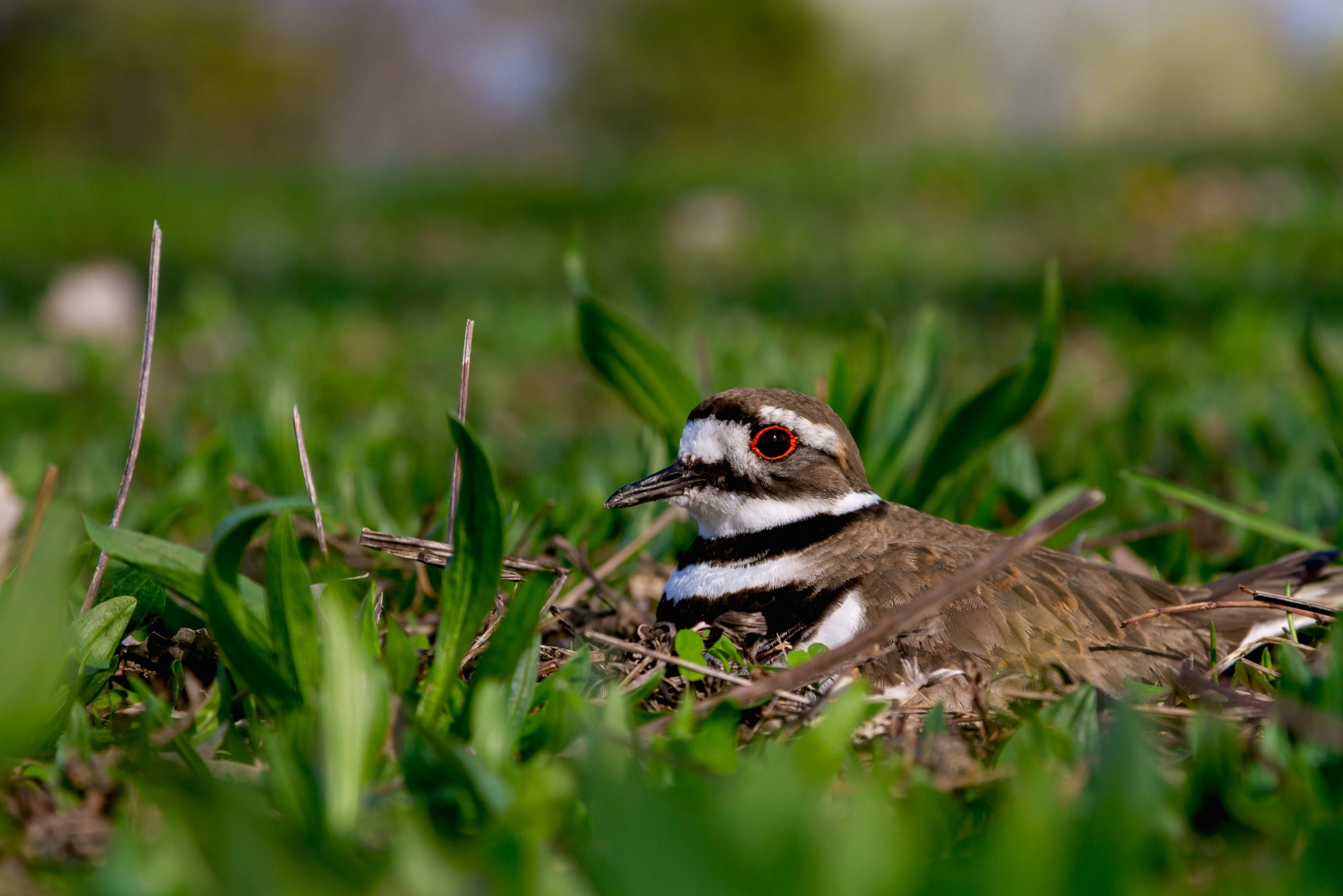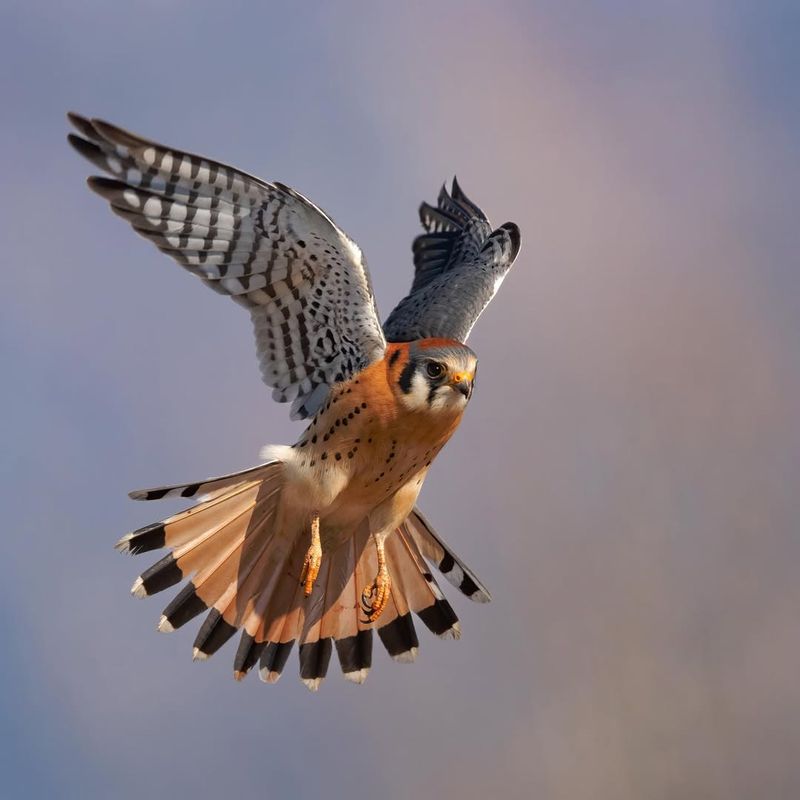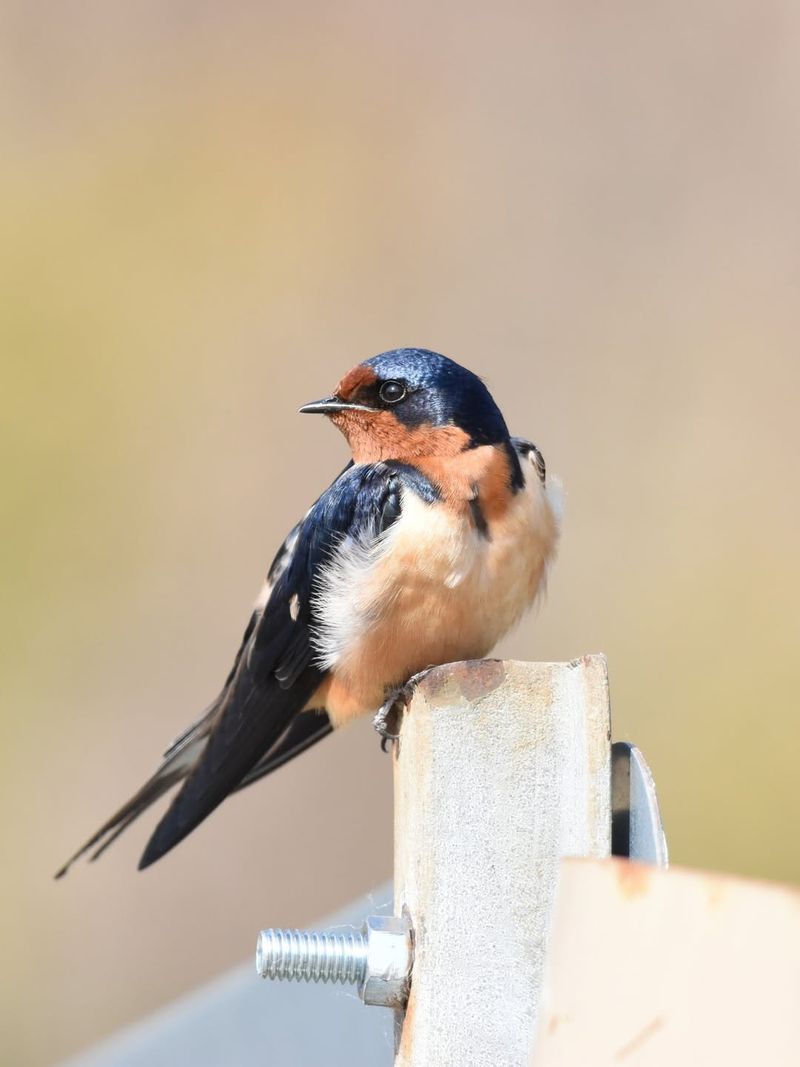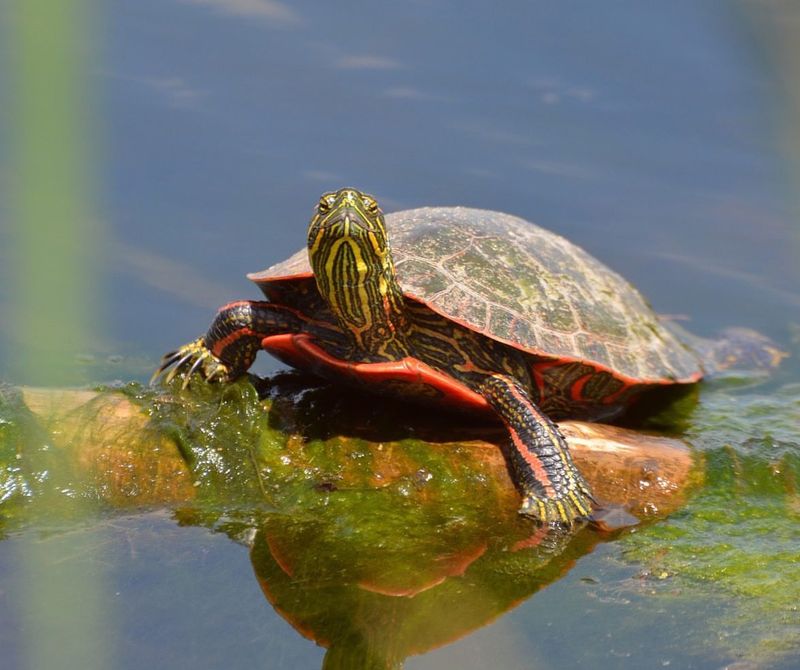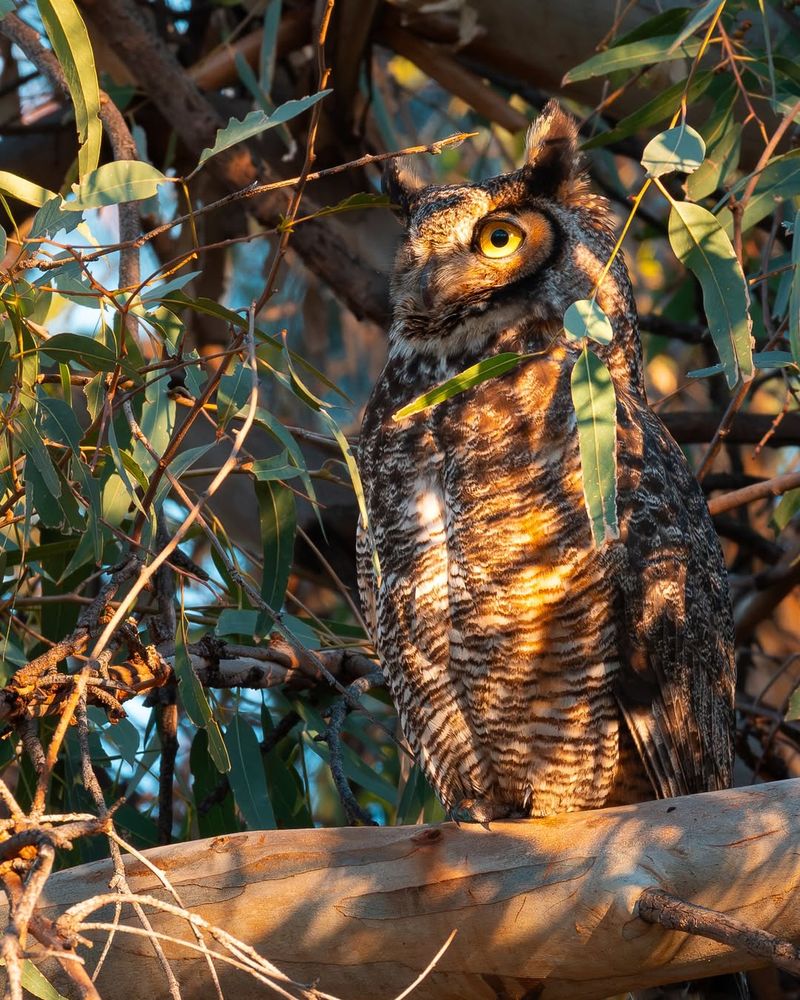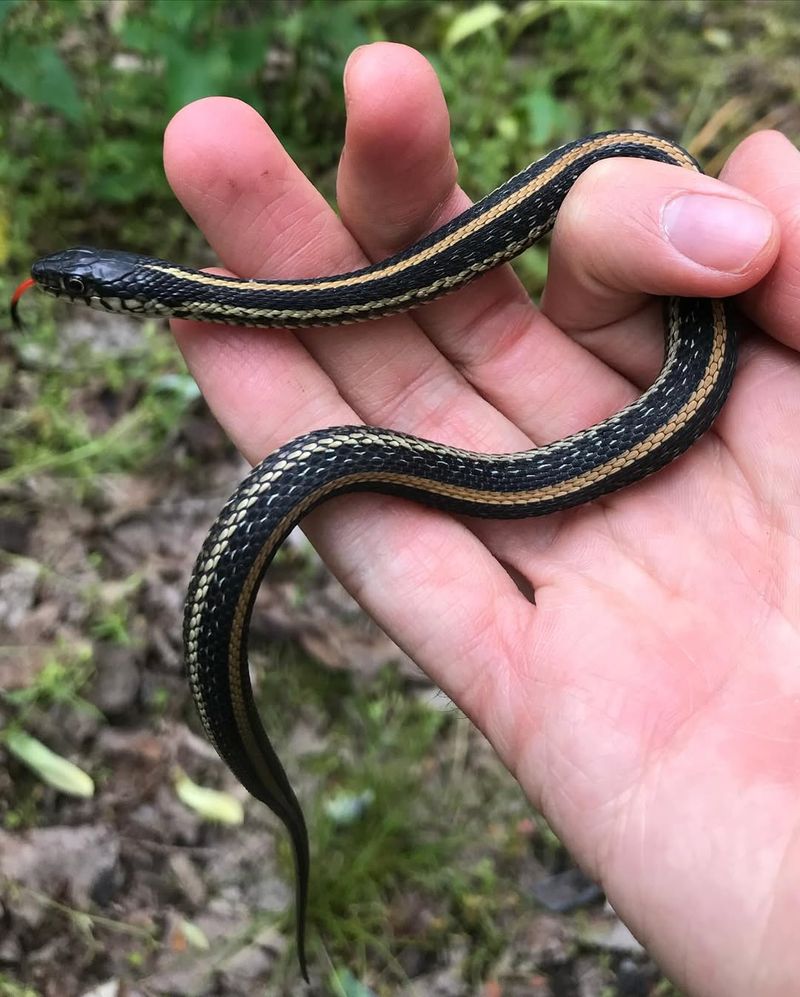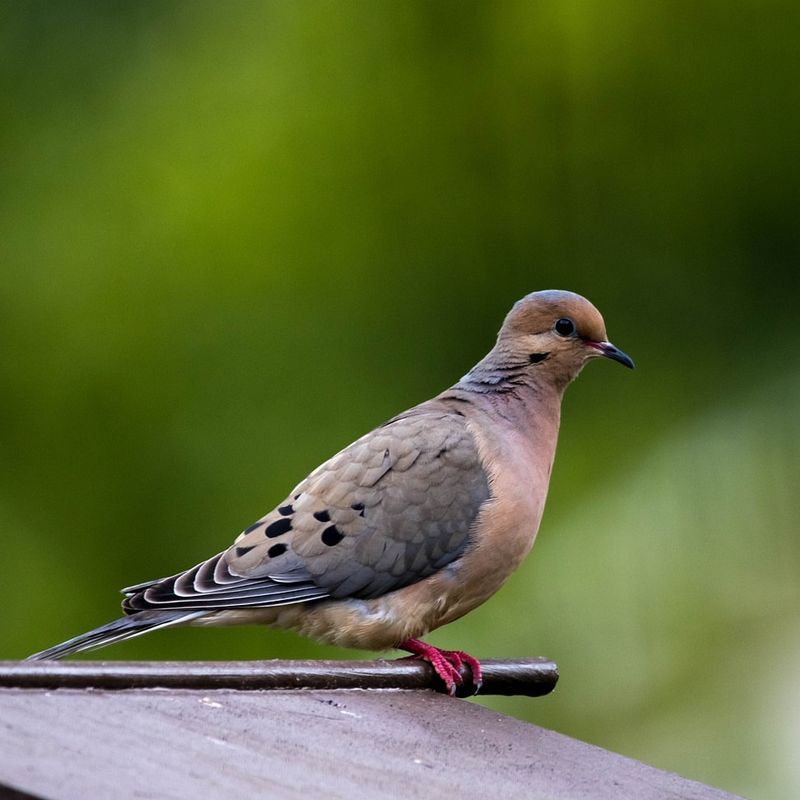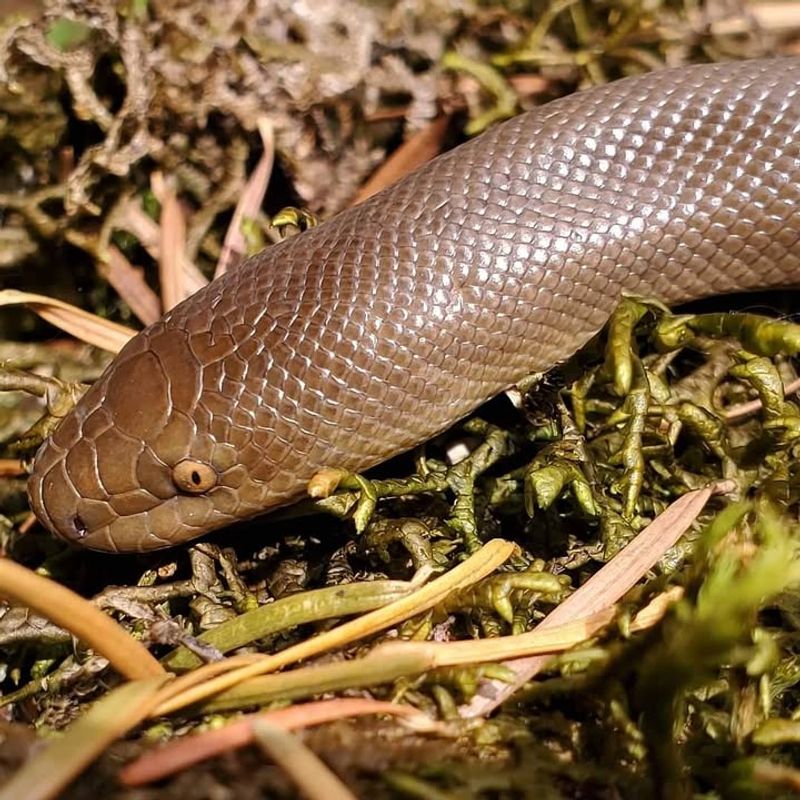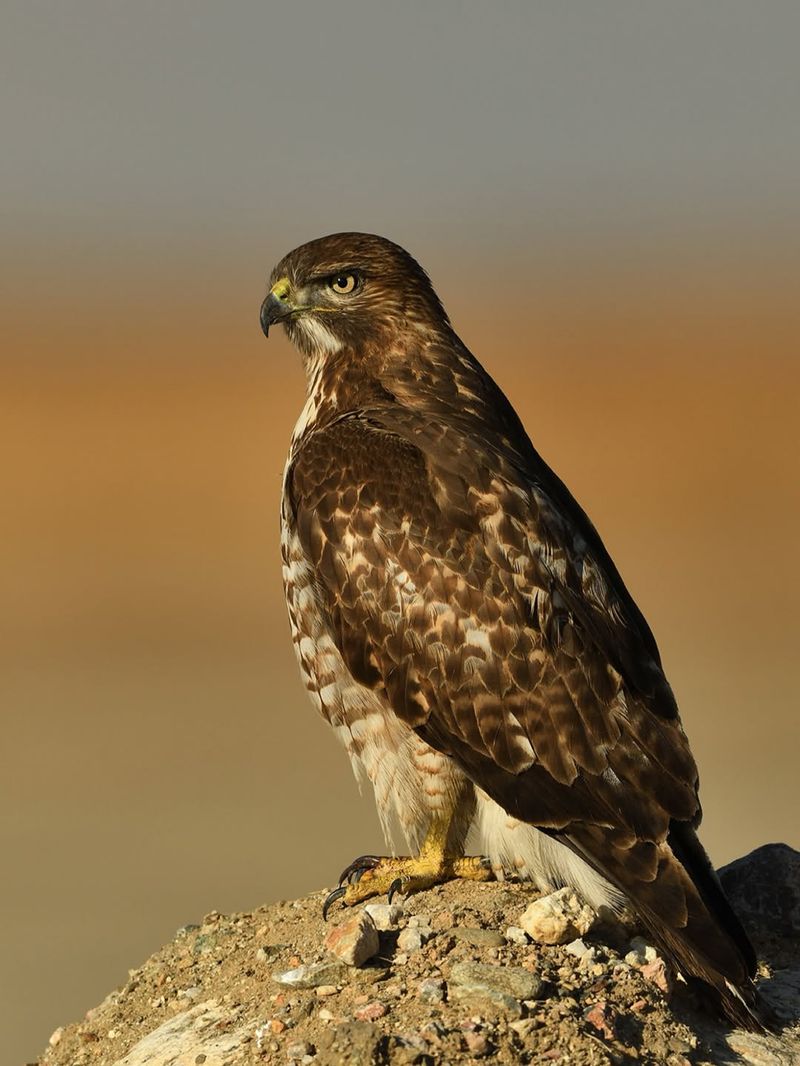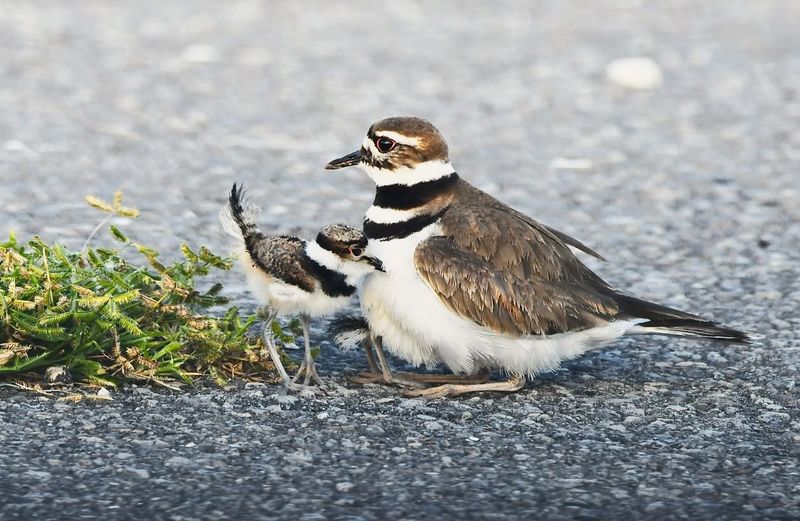Idaho’s wildlife laws protect certain animals from being removed or harmed, even when they show up in your yard or home. Understanding which creatures fall under this protection can save you from hefty fines and legal trouble.
Many of these animals play important roles in keeping nature balanced, so knowing how to coexist peacefully with them is essential for every Idaho homeowner.
1. American Kestrel
Spotting a tiny falcon in your Idaho backyard might seem unusual, but American Kestrels often hunt insects and small rodents near homes. Federal law protects all raptors, making it illegal to disturb their nests or chase them away.
If one decides to nest on your property, consider yourself lucky. These colorful hunters help control pest populations naturally.
Contact wildlife officials if you need advice on living alongside these feathered neighbors peacefully.
2. Barn Swallow
With their graceful flight patterns and cheerful chirping, barn swallows often build mud nests under porches and garage eaves. The Migratory Bird Treaty Act shields these insect-eating birds from removal during nesting season.
Their presence means fewer mosquitoes and flies around your Idaho home. Destroying an active nest can result in serious federal penalties.
Wait until fall when they migrate south, then prevent future nesting with gentle deterrents.
3. Western Painted Turtle
Finding a turtle wandering through your garden means it’s probably searching for a nesting site or new water source. Idaho classifies painted turtles as protected wildlife that cannot be captured or relocated without permission.
Creating a safe passage through your yard helps them complete their journey. These reptiles face numerous threats from habitat destruction and road traffic.
Let them pass through naturally rather than attempting to move them yourself.
4. Great Horned Owl
Hearing deep hoots at night signals a great horned owl has claimed territory near your home. These powerful predators help control rodent populations but remain strictly protected under Idaho federal regulations.
Their presence actually benefits property owners by reducing mice and rat numbers naturally. Disturbing their roosts or nests carries steep fines and possible jail time.
Appreciate their nighttime pest control services from a respectful distance instead.
5. Garter Snake
Encountering a striped snake near your flower beds usually means a harmless garter snake is hunting slugs and insects. While not federally protected, Idaho regulations limit how residents can handle native reptiles on their property.
Killing or relocating them without proper authorization violates state wildlife codes. Their appetite for garden pests makes them valuable allies for organic gardeners.
Simply give them space and they’ll continue their important pest management work.
6. Mourning Dove
The gentle cooing sound echoing through your Idaho yard comes from mourning doves, one of America’s most common birds. Despite being hunted in season, their nests receive full protection under the Migratory Bird Treaty Act year-round.
Removing their flimsy twig nests, even from inconvenient spots, breaks federal law. They raise multiple broods each summer, so patience is key.
Once fledglings leave, you can prevent rebuilding with harmless visual deterrents.
7. Rubber Boa
This unusual snake looks and feels like rubber, moving slowly through gardens while hunting small rodents and lizards. Idaho protects rubber boas as native wildlife that cannot be killed, captured, or sold without special permits.
Their docile temperament and slug-like appearance often surprise homeowners who expect aggressive behavior. Finding one indicates a healthy ecosystem with adequate prey populations.
Let these beneficial predators continue their work undisturbed in your landscape.
8. Red-Tailed Hawk
Watching a large hawk circle overhead means a red-tailed hawk is surveying your Idaho neighborhood for prey. Federal protection covers all hawk species, making any interference with their activities illegal throughout the United States.
They occasionally snatch small pets, but their primary diet consists of rodents and rabbits. Installing covered outdoor enclosures protects vulnerable animals without harming protected raptors.
Their presence demonstrates a thriving local food chain worth preserving.
9. Northern Alligator Lizard
Spotting a long, brownish lizard sunbathing on your garden rocks means you’ve found a northern alligator lizard. Idaho wildlife regulations protect native reptile species from unnecessary harm or collection by residents.
Despite their intimidating name, they’re completely harmless and eat insects, spiders, and slugs. Their ability to drop their tails when threatened often startles curious homeowners and pets.
Leaving them alone allows natural pest control to flourish in your outdoor spaces.
10. Killdeer
A bird frantically dragging its wing along your driveway performs the killdeer’s famous broken-wing display to protect nearby eggs. These ground-nesting shorebirds choose gravel areas that resemble their natural habitat, including Idaho driveways and gardens.
Federal law prohibits disturbing their well-camouflaged nests until chicks hatch and leave. The entire process takes only about a month from egg-laying to fledging.
Temporary fencing around the nest site protects both birds and curious onlookers.
11. Western Toad
Finding a warty toad near your garden hose means you’re hosting a Western toad, an important amphibian predator. Idaho protects native toads from collection and harm because their populations face threats from disease and habitat loss.
They consume enormous quantities of insects, slugs, and other garden pests throughout summer nights. Touching them won’t give you warts, but their skin secretions can irritate sensitive skin.
Provide shallow water sources and shady hiding spots to encourage their beneficial presence.

